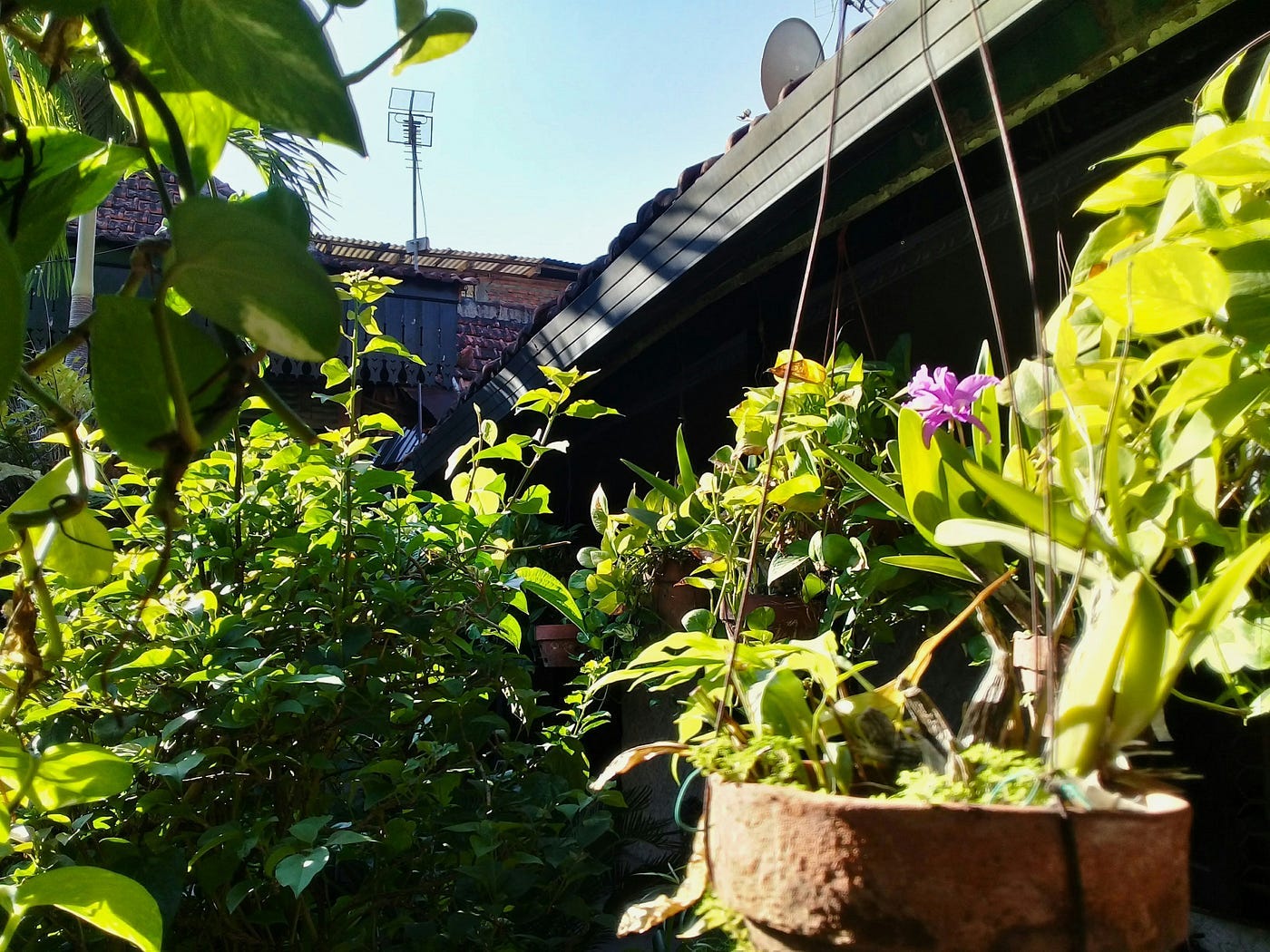The Secret to Blooming Profits
Humorous stories from my garden on the intersections of nature and business
My backyard garden isn’t just a source of color and fragrance; it’s a boardroom of botanical personalities. If you listen closely, the flowers have plenty to say. They’ve taught me more about business strategy than any MBA program ever could.
The Rose: The CEO
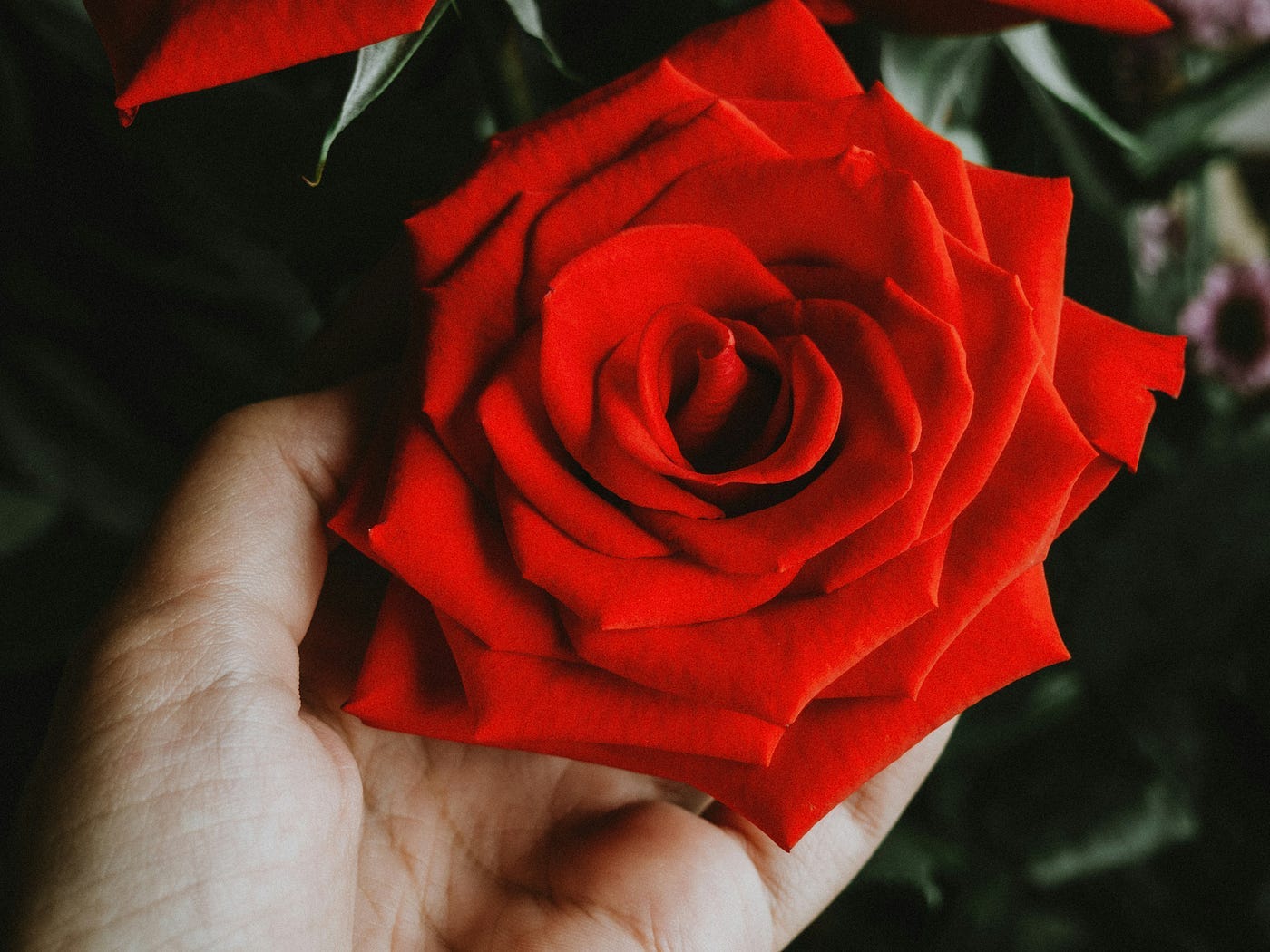
The rose, of course, is the undisputed queen. With her regal bearing and intoxicating scent, she’s the CEO of my garden. Like any good leader, she knows the importance of delegation. The thorny barbs along her stem? Those aren’t defenses, they’re her executive assistants, keeping less desirable elements at bay.
Roses are also masters of branding. Red is for passion, yellow is for friendship, and white is for purity. Each color is a carefully crafted message to attract her desired clientele: the pollinators. It’s a masterclass in target marketing.
The Sunflower: The Sales Team
Sunflowers are the perennial optimists of the garden. They follow the sun’s arc across the sky with an enthusiasm that rivals the most eager sales team. Their bright faces are like billboards, shouting, “Look at me! I’m the best!” And they’re not afraid to compete, growing taller and taller, striving to outshine their neighbors.
But they’re not just about flash. Sunflowers are also incredibly productive. They produce an abundance of seeds, a valuable commodity that sustains both birds and humans. They understand that success is about more than just closing deals; it’s about delivering value.
The Tulip: The R&D Department
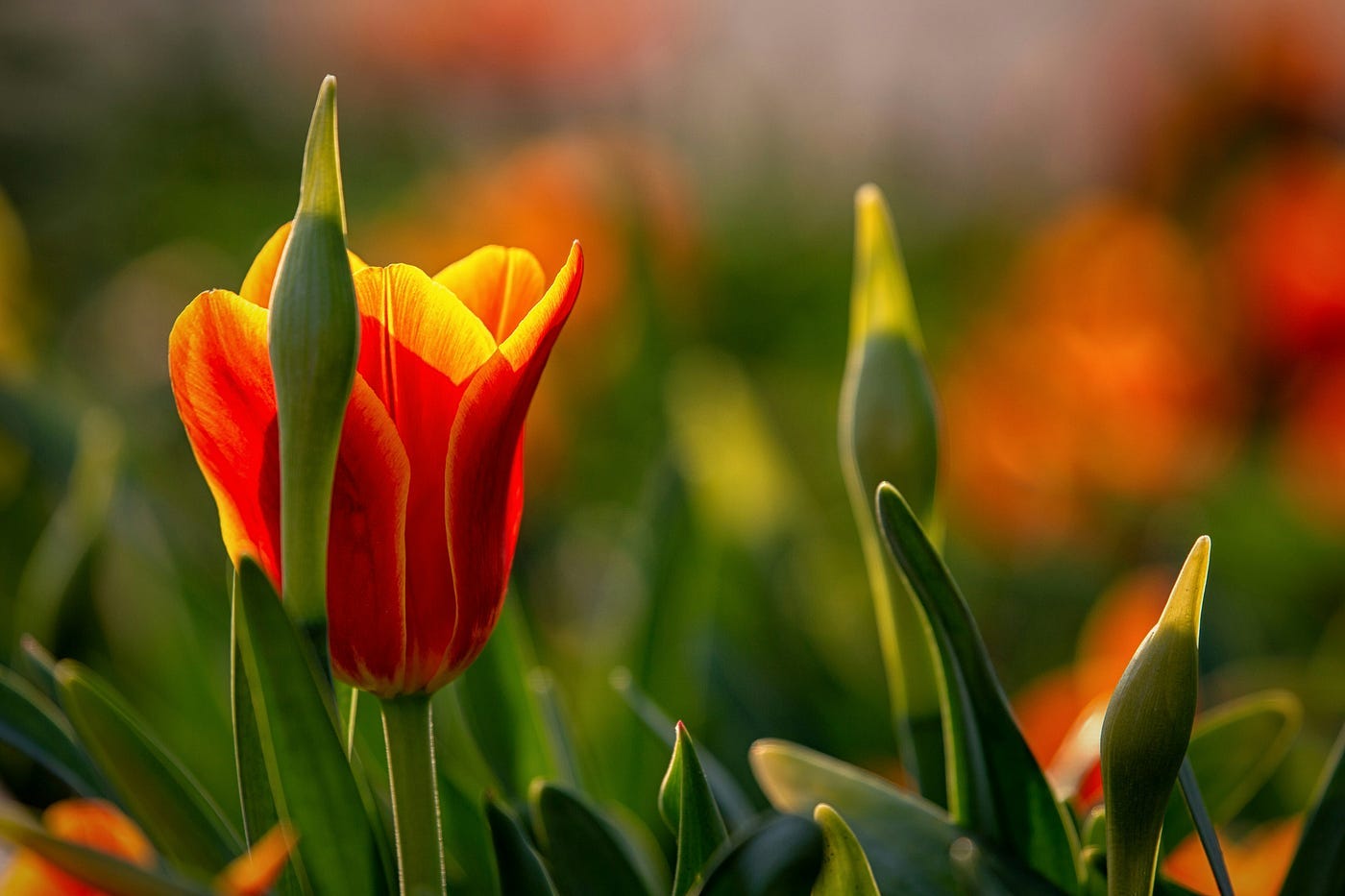
Tulips are the innovators of the garden. Each spring, they burst forth with a dazzling array of colors and patterns, the result of years of careful breeding and experimentation. They’re constantly pushing the boundaries of what’s possible, testing new combinations and exploring uncharted territory.
But they’re also a bit of a gamble. Their beauty is fleeting, and they require a lot of investment to maintain. Like any R&D project, there’s always the risk that it won’t pay off. But the potential rewards are too great to ignore.
The Lavender: The HR Manager
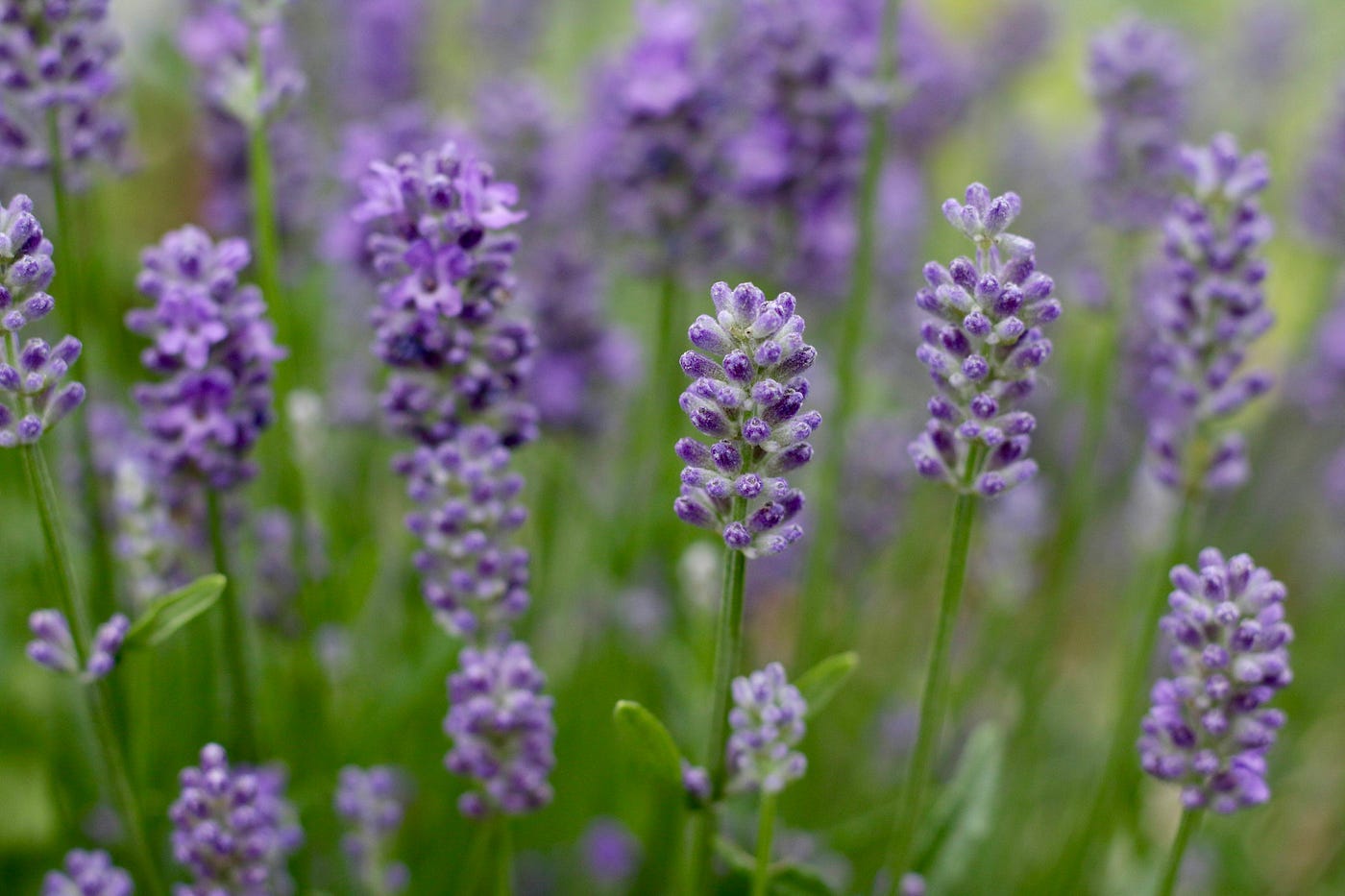
Lavender, with her calming scent and gentle demeanor, is the HR manager of my garden. She fosters a positive work environment, attracting beneficial insects while repelling pests. Her soothing presence helps to reduce stress and promote well-being.
Lavender also knows the importance of work-life balance. She blooms in the summer, but she doesn’t overexert herself. She knows that rest and rejuvenation are essential for long-term success.
The Dandelion: The Disruptive Start-Up
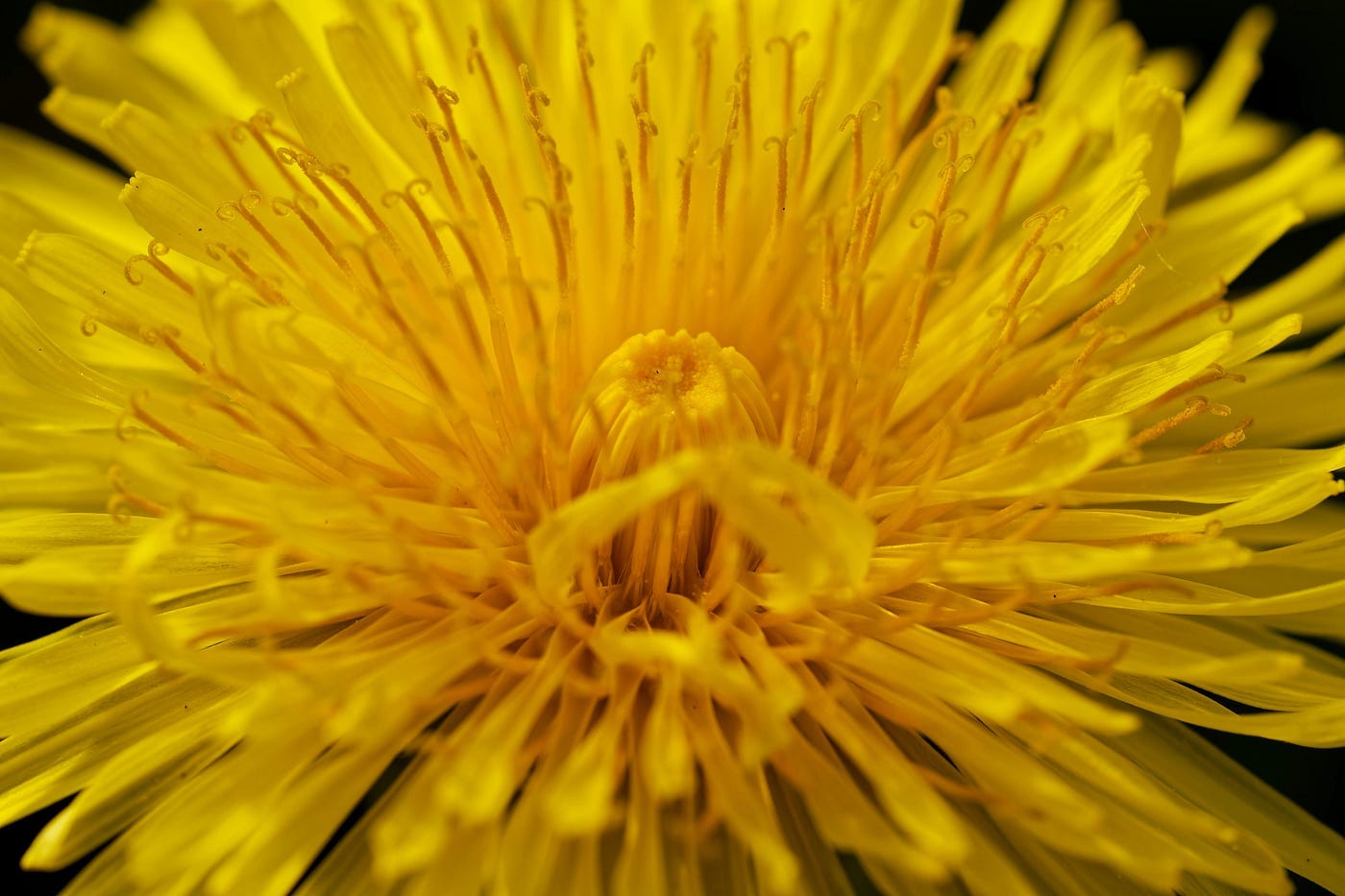
While the rose may rule the garden, it’s the humble dandelion that truly fascinates me. This unassuming flower is the epitome of the disruptive start-up. It thrives in the cracks of sidewalks and the edges of lawns, places where other plants dare not venture. It’s a master of guerrilla marketing, spreading its seeds with the help of the wind, colonizing new territories with astonishing speed.
But dandelions aren’t just weeds. They’re also edible and medicinal, with a long history of use in traditional medicine. They’re a symbol of resilience and adaptability, a reminder that success can come from unexpected places. They’re the underdogs, the ones who challenge the status quo and shake things up.
The Orchid: The Luxury Brand
Orchids are the luxury brands of the floral world. Their exotic beauty and rarity command a high price, and they’re often associated with exclusivity and prestige. They’re the garden equivalent of a designer handbag or a limited-edition sports car.
But orchids are also notoriously difficult to grow. They require specialized care and attention, and they’re not for the faint of heart. Like any luxury brand, they’re a risky investment, but the potential rewards are great.
The Garden as a Microcosm
My garden is a microcosm of the business world. It’s a place where competition, collaboration, innovation, and risk-taking all play a role. Each flower has its own unique strengths and weaknesses, and they must learn to work together to thrive.
By observing the dynamics of my garden, I’ve gained a deeper understanding of the forces that shape our own human organizations. I’ve learned the importance of diversity, adaptability, and resilience. I’ve also come to appreciate the beauty and complexity of the natural world, as well as the many lessons it has to offer.
The Future of the Garden
As I continue to tend to my garden, I’m excited to see how it evolves. Will new flowers emerge, bringing with them new personalities and perspectives? Will the current flowers be able to adapt to changing conditions, or will more hardy species take their place?
The future of my garden, like the future of any organization, is uncertain. But one thing is for sure: it will continue to be a source of inspiration and learning, a place where I can explore the mysteries of nature and the human psyche.



